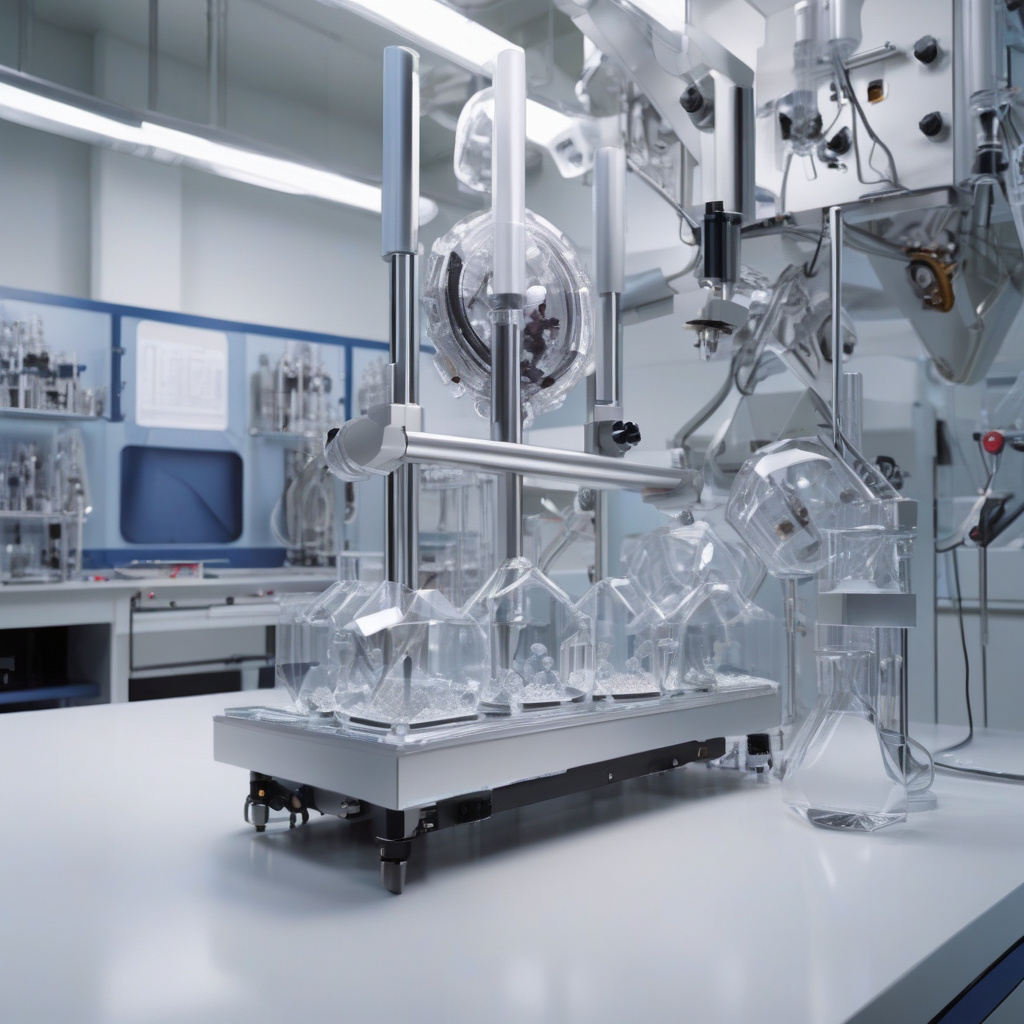In the realm of jewelry and luxury accessories, diamonds hold a timeless allure. The sparkle, the elegance, the status symbol they represent—all these aspects contribute to the enduring popularity of these precious gemstones. However, traditional diamonds, formed deep within the Earth’s crust over millions of years, are no longer the only option available. With advancements in technology and science, lab-grown diamonds have emerged as a sustainable and ethical alternative that is reshaping the industry.
Lab-grown diamonds, also known as synthetic or cultured diamonds, are created in controlled environments that mimic the natural conditions in which diamonds form beneath the Earth’s surface. While the traditional process involves immense pressure and heat deep within the Earth, lab-grown diamonds are produced through two primary methods: High Pressure High Temperature (HPHT) and Chemical Vapor Deposition (CVD).
In the HPHT method, a small diamond seed is placed in carbon, subjected to extreme pressure, and high temperatures to stimulate diamond growth. This process essentially accelerates what occurs naturally in the Earth’s mantle, compressing the time frame from millions of years to just a few weeks. On the other hand, the CVD method involves a diamond seed placed in a chamber filled with carbon-rich gases. When heated, these gases break down, allowing carbon atoms to accumulate on the seed, layer by layer, forming a diamond crystal.
One of the key advantages of lab-grown diamonds lies in their ethical and environmental benefits. Traditional diamond mining can have negative impacts on local ecosystems and communities, leading to concerns about labor practices and sustainability. In contrast, lab-grown diamonds are created in controlled settings, reducing the environmental footprint and eliminating the ethical concerns associated with mining.
Moreover, lab-grown diamonds offer a level of customization and innovation that is unparalleled in the natural diamond industry. Manufacturers can create diamonds of varying sizes, shapes, and colors, catering to specific customer preferences and design requirements. This flexibility opens up new possibilities for designers and consumers alike, allowing for unique and personalized creations that were previously unattainable.
From a quality perspective, lab-grown diamonds are virtually indistinguishable from natural diamonds. They share the same physical, chemical, and optical properties, making them just as brilliant and durable as their mined counterparts. This means that consumers can enjoy the beauty and prestige of diamonds without compromising on quality or authenticity.
In conclusion, the process of creating lab-grown diamonds represents a fascinating intersection of science, technology, and sustainability. By harnessing the power of innovation, researchers and manufacturers have unlocked a new era in the diamond industry—one that offers a more ethical, environmentally friendly, and customizable alternative to traditional mining. As consumer awareness of these options continues to grow, the demand for lab-grown diamonds is expected to rise, shaping the future of the jewelry market.
In a world where conscious consumerism is on the rise, lab-grown diamonds stand out as a shining example of how technology can transform an age-old industry for the better. As we look to the future of luxury and sustainability, these man-made marvels may very well become the new standard of elegance and sophistication in the world of fine jewelry.

